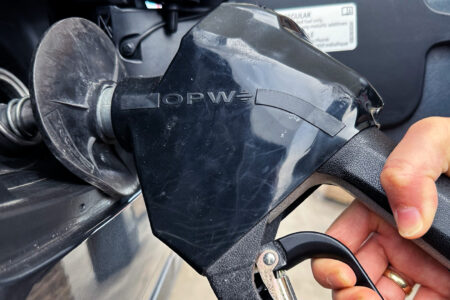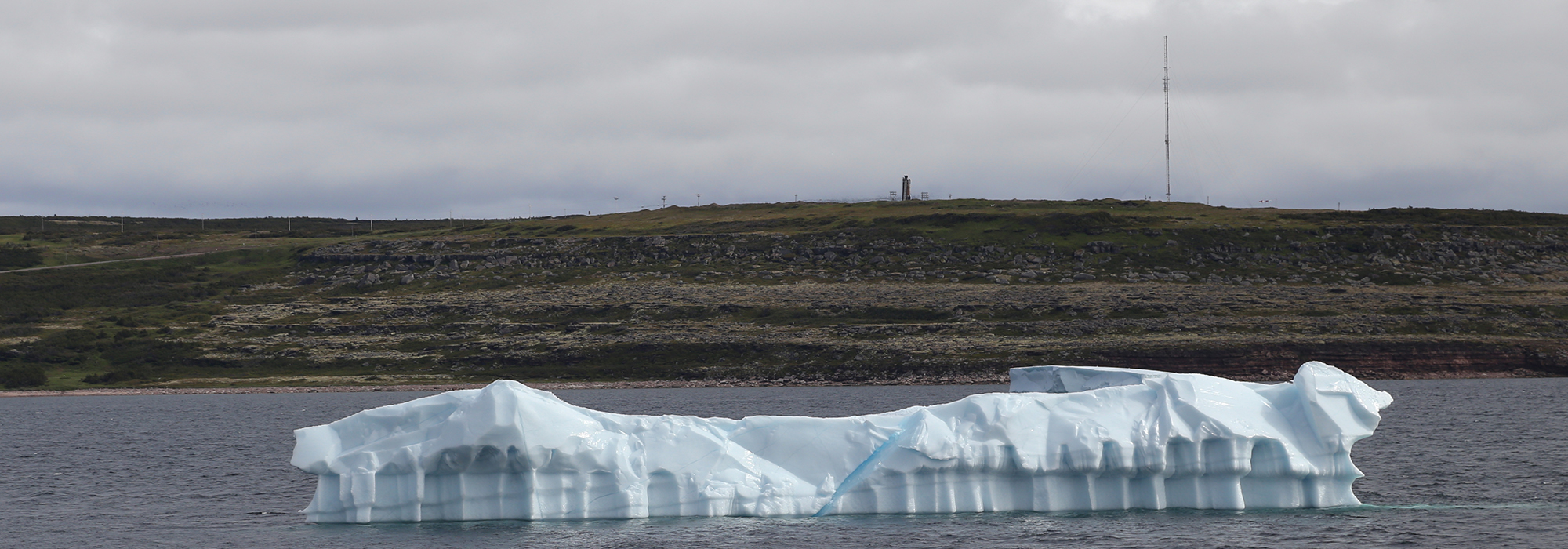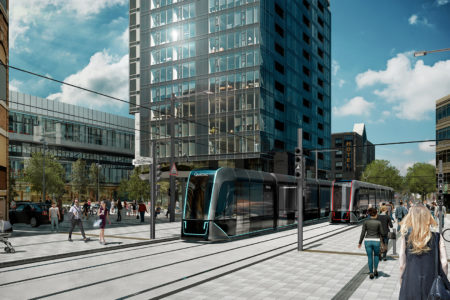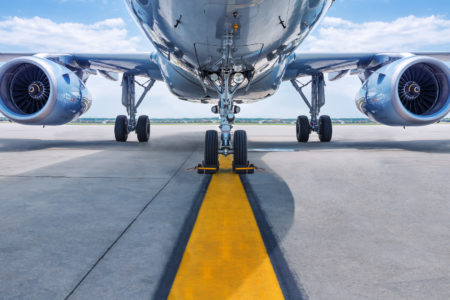
In the late 1980s, I went on a business trip to Denmark. At the time the organization I was working with had a business arrangement with a deep-sea shrimp trawling company in Bornholm, Denmark. While I was in the region, I also visited Oslo and toured that magnificent and historic Norwegian city.
One of the things that stand out most in my memories of the trip is how advanced the country appeared to be in its ground transportation system. I observed and travelled through an undersea tunnel that connected an island to the mainland. It was fascinating for me to see an island in the distance, enter a roadway that sloped underground and in a few minutes begin the reverse slope and come out into daylight on the island that I had just been viewing from the mainland.
Since then Norway must have invested heavily in this type of infrastructure, even though it is a small country, with a population of just over 5 million people, one-sixth that of Canada. Norway has a total of 133km of undersea tunnels in use today, another 22km under construction and a further 70km in the planning stages. The longest that is being proposed will stretch over about 24km. They were put in place to eliminate the need for ferry services and to improve efficiency in the movement of goods and people.
Many in Newfoundland have long advocated for a “fixed link” across the Strait of Belle Isle to connect the island of Newfoundland to Labrador, the mainland portion of the province, as well as to Quebec. Although the term theoretically includes the possibility of a bridge or causeway, the only option that makes sense for this location is an undersea tunnel, because of the heavy Arctic ice that flows through every year. The strait separating Newfoundland from the mainland is approximately 17km wide at its narrowest point — a fraction of the total length of tunnels Norway has built to date.
Many influential publications and politicians have opposed the tunnel idea, saying that it would not be feasible. One of those was Peter Stoffer, who was a Nova Scotia MP in 2003, when Premier Danny Williams was supporting a fixed link in the provincial election campaign; I recall speaking with Stoffer to challenge him on his outspoken criticism. Detractors generally believe the costs would not justify the results, because of the small population that would be served by a fixed link.
It is unfortunate that people think that way. If Sir John A. had looked at things from that perspective, the railroad that connects Canada would not have been built. The same goes for the Confederation Bridge between New Brunswick and Prince Edward Island. History shows that good transportation systems are catalysts of economic and resource development. An investment in transportation infrastructure is an investment in the future of the country. It is an investment in the unification of the country and in the long-term growth and competitiveness of the provinces and Canada as a whole.
Fortunately there are still some strong voices in Newfoundland who keep promoting the idea of a fixed link between Labrador and the island. Among them is Danny Dumaresque, a former member of the House of Assembly. Dumaresque grew up on coastal Labrador and is now involved in international trade in seafood. He is well aware of the challenges associated with the movement of goods and people in northern environments. He believes that a tunnel to connect the island of Newfoundland to Labrador and Quebec is an idea whose time has come.
This past winter a ferry was jammed in the ice-filled Strait of Belle Isle and needed the assistance of an icebreaker to get across. Unfortunately this would not have been an isolated incident. Ice in the strait is a fact of life for many months of the year. It is unpredictable and hazardous and can play havoc with travel and transport, interrupting the flow of goods and people at the best of times. Dumaresque is right to level his frustration at government for clinging to the ferry system, an archaic form of transportation that cannot compete with the power of Mother Nature. “We’re going to spend something like $2.4 billion over the next 40 years just on the Strait of Belle Isle ferry service alone. So it’s time for us to wake up and spend our money more wisely — and certainly that’s the conclusion that the government of Norway reached some 50 years ago,” he told the CBC in May 2016.
With the federal Liberal government now highly focused on building new infrastructure, both as an investment in the future of the country and as a means of job creation, what better project could be placed in the mix than a tunnel between Quebec, Labrador and the island of Newfoundland? If I had the ear of Finance Minister Bill Morneau, I would advise him to view the project as a nation-building exercise.
The tunnel to Newfoundland is the 21st century’s version of the railway through the Rockies. If we want good value to be attached to Canada’s infrastructure program, let’s put this project on the table and give it the consideration it deserves.
Photo: Iceberg near Blanc Sablon, Labrador. Shutterstock/vagabond54
Do you have something to say about the article you just read? Be part of the Policy Options discussion, and send in your own submission. Here is a link on how to do it. | Souhaitez-vous réagir à cet article ? Joignez-vous aux débats d’Options politiques et soumettez-nous votre texte en suivant ces directives.









